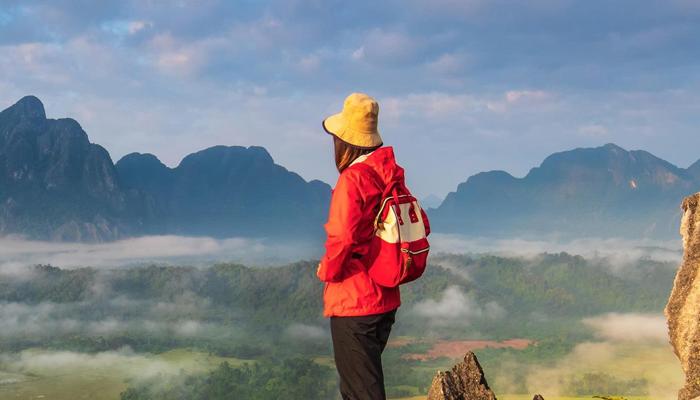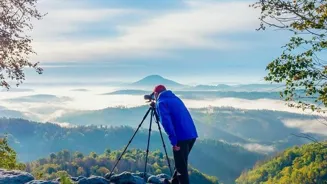Unleash Your Inner Photographer: Mastering Travel Photography in 5 Steps - Tips to Capture Breathtaking Moments
The wanderlust bug has bitten many, and with it, the desire to document those incredible experiences.
Travel photography isn't just about pointing and shooting; it's about telling stories, preserving memories, and sharing the beauty of the world through your lens.
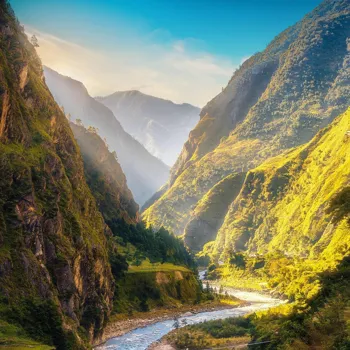
With a bit of planning and some essential tips, anyone can elevate their travel photos from snapshots to stunning works of art. Let's dive into how you can capture those perfect moments on your next adventure.
Plan and research before travel photography to capture the best shots
Before even packing your bags, a little planning goes a long way in ensuring you get the shots you envision. Research your destination. Understand the culture, the landscapes, and the significant landmarks you want to capture.
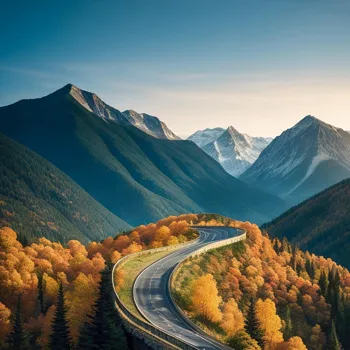
Look for inspiration online; browse travel blogs, photography websites, and social media platforms to see what others have photographed in the area. This will give you ideas for compositions and the best times of day to shoot.
It's also wise to check for any local regulations regarding photography, especially in sacred sites or private properties. Creating a shot list can be incredibly helpful.
Outline the specific images you want to capture - a sunrise over the mountains, a bustling market scene, or a close-up of local flora. This list will keep you focused and ensure you don't miss out on key opportunities. Don't overpack your gear.
Choose a camera and lenses that are versatile and lightweight. A good zoom lens can be invaluable for capturing both wide landscapes and close-up details. Also, consider bringing extra batteries, memory cards, and a portable charger to keep your equipment powered up throughout your trip.
Remember to protect your gear from the elements with a waterproof bag or rain cover.
Master light for extraordinary photography results
Light is the single most important element in photography. Knowing how to use it effectively can transform an ordinary scene into something extraordinary. The golden hour, the period shortly after sunrise and before sunset, is a photographer's best friend.
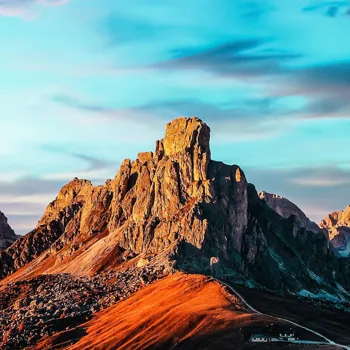
The warm, soft light during these times creates a beautiful glow and enhances colors, adding depth and texture to your photos. Avoid shooting in harsh midday sun, as it can create strong shadows and wash out colors.
If you must shoot during this time, look for shaded areas or use a diffuser to soften the light. Pay attention to the direction of light. Side light can create dramatic shadows and highlight textures, while backlighting can create silhouettes or a soft, ethereal effect.
Experiment with different angles and positions to see how the light interacts with your subject. When shooting indoors, try to use natural light whenever possible. Open windows or doors to let in more light, and avoid using harsh artificial light, which can create unflattering shadows.
If you must use artificial light, try bouncing it off a wall or ceiling to soften it. Understanding and mastering light is really awesome for photography. It will give you immense ideas that you will definitely love.
Composition rules in photography: rule of thirds, leading lines, framing, symmetry, patterns
Composition is how you arrange the elements within your frame to create a visually appealing and engaging image. The rule of thirds is a fundamental principle in photography that involves dividing your frame into nine equal parts with two horizontal and two vertical lines.
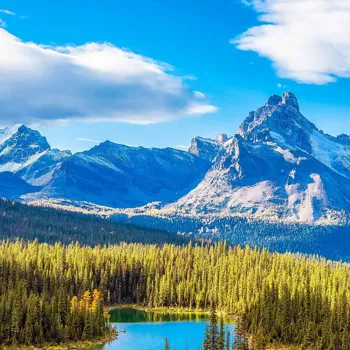
Place your key subjects along these lines or at their intersections to create a more balanced and dynamic composition. Leading lines, such as roads, rivers, or fences, can draw the viewer's eye into the scene and create a sense of depth.
Look for lines that lead from the foreground to the background, guiding the viewer on a visual journey. Framing involves using elements in the foreground, such as trees, arches, or doorways, to frame your subject and add context to the scene.
This can create a sense of depth and draw the viewer's attention to the main subject. Pay attention to symmetry and patterns. These can create visually striking images that are pleasing to the eye.
Look for symmetrical architecture or repeating patterns in nature, and position yourself to capture them effectively.
Capturing people's stories adds depth to travel photography
People are an integral part of any travel experience, and capturing their stories can add a unique dimension to your photography. When photographing people, always ask for permission, especially when shooting portraits. A simple "May I take your photo?
" can go a long way in building trust and respect. Engage with your subjects before taking their photo. Talk to them, learn about their lives, and try to capture their personality in your images. Candid shots, taken without the subject's knowledge, can capture more natural and authentic moments.
Look for interesting interactions, expressions, and body language that tell a story. When shooting portraits, pay attention to the background. Choose a background that complements your subject and doesn't distract from the main focus.
Use a shallow depth of field to blur the background and create a sense of separation. Be respectful of local customs and traditions. Avoid photographing people in sensitive situations, such as religious ceremonies or private moments, without their permission.
Photography tips for landscapes and cityscapes
Landscapes and cityscapes offer endless opportunities for stunning travel photography. When photographing landscapes, look for a strong focal point, such as a mountain peak, a waterfall, or a unique rock formation. This will give the viewer's eye a place to rest and create a sense of depth.
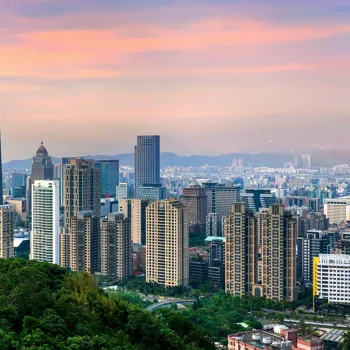
Use a wide-angle lens to capture the vastness of the landscape. This will allow you to include more of the scene in your frame and create a sense of scale. In cityscapes, look for interesting architecture, street scenes, and urban details.
Capture the energy of the city by photographing crowded streets, bustling markets, and iconic landmarks. Use perspective to create dramatic shots. Get down low or find a high vantage point to create a unique perspective on the scene. Pay attention to the weather.
A dramatic sky, a misty morning, or a rainy day can add mood and atmosphere to your landscape or cityscape photos. Always keep an eye on the place around to capture the best shot possible.
Post-processing enhances travel photos with software tools like Lightroom, Photoshop
Post-processing is an essential part of the travel photography workflow. It allows you to fine-tune your images, correct any imperfections, and enhance their overall impact.
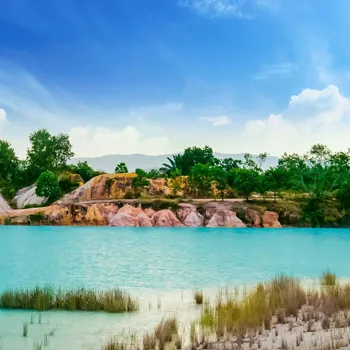
Use photo editing software like Adobe Lightroom or Photoshop to adjust the exposure, contrast, and color balance of your images. These adjustments can help bring out the details and create a more visually appealing image. Correct any distortions or perspective issues in your photos.
This is especially important when shooting architecture or landscapes. Use tools like the lens correction tool in Lightroom to correct distortions and straighten lines. Sharpen your images to bring out the details and textures. Be careful not to over-sharpen, as this can create unwanted artifacts.
Remove any distracting elements from your photos, such as power lines, dust spots, or unwanted objects. Use the spot removal tool in Lightroom or the clone stamp tool in Photoshop to remove these elements.
Finally, save your images in a high-resolution format, such as JPEG or TIFF, for printing or sharing online.
AI Generated Content. Glance/InMobi shall have no liability for the content